
Try-It Diet: Low-Carb
A two-week healthy eating plan
Adams Media, an imprint of Simon & Schuster, Inc.

Avon, Massachusetts
Contents
Introduction
A Try-It Diet is just that a diet that you can try out for two weeks to see if it is a good fit for you. Keep in mind that not every diet is right for every person; please consult with your doctor before making radical changes to your diet. Carbohydrates are high-energy chemical compounds that are found in foods like breads, pasta, cereal, and vegetables. There are two types of carbohydrates sugars (also called simple carbohydrates) and starches (or complex carbohydrates). Simple sugars are absorbed directly into the bloodstream fairly quickly after you eat them. Thats why you get a quick burst of energy from a candy bar, followed by a crash as your blood sugar level drops once the sugars are absorbed.
Starches are digested into simpler sugars, which are further converted into glucose. Glucose is the main source of energy for the cells of the human body. Because it takes longer for the body to break down and digest these carbohydrates, the sugars enter the bloodstream at a fairly constant rate. Your body uses the energy it needs and stores the rest for later use. When you eat more carbs than your body needs, the high glucose levels cause your body to produce more fat to store the excess energy. Diets that consistently contain more carbohydrates than the body needs can lead to health problems such as obesity and, in some cases, diabetes.
Research has also suggested that diets high in starch contribute to atherosclerosis and heart disease, the number one cause of death in the United States. So while it is important to have carbohydrates in your diet, controlling your intake to reasonable levels is always smart. Every recipe here is rated to reflect the carbohydrate amount and includes specific carb counts. You will notice two ratings used throughout the e-book for each recipe. Every recipe has a carb level identified as Low or Moderate. Low recipes contain 10 grams or fewer of carbohydrates per serving.
Those identified as Moderate contain between 10 and 20 grams of carbohydrates per serving. Although the moderate recipes have a higher level of carbohydrates, they are still low-carb recipes. Eating healthy is an important part of your lifestyle. These recipes make it easy to eat well while still controlling your carb intake. If youd like to explore the Low-Carb Diet in more detail, check out The Everything Low-Carb Cookbook , available in print (ISBN: 978-1-58062-784-9) and eBook (eISBN: 978-1-60550-558-9) formats.
Weekly Meal Plans
Week 1
Sunday
Breakfast
Lunch
Dinner
Dessert
Monday
Breakfast
Lunch
Snack
Dinner
Tuesday
Breakfast
Lunch
Snack
Dinner
Wednesday
Breakfast
Lunch
Snack
Dinner
Thursday
Breakfast
Lunch
Snack
Dinner
Friday
Breakfast
Lunch
Snack
Dinner
Saturday
Breakfast
Lunch
Dinner
Dessert
Week 2
Sunday
Breakfast
Lunch
Dinner
Dessert
Monday
Breakfast
Lunch
Snack
Dinner
Tuesday
Breakfast
Lunch
Snack
Dinner
Wednesday
Breakfast
Lunch
Snack
Dinner
Thursday
Breakfast
Lunch
Snack
Dinner
Friday
Breakfast
Lunch
Snack
Dinner
Saturday
Breakfast
Lunch
Dinner
Dessert
Cream Cheese and Scallion Scramble This is a simple breakfast recipe that kids also enjoy.
Serves 4  Ingredients 3 tablespoons unsalted butter cup scallions, minced 1 tablespoon shallots, minced 10 large eggs 4 ounces cream cheese, cut into bits and softened Salt and freshly ground black pepper to taste 1 tablespoon snipped fresh dill Chopped chives or scallion tops, thinly sliced for garnish
Ingredients 3 tablespoons unsalted butter cup scallions, minced 1 tablespoon shallots, minced 10 large eggs 4 ounces cream cheese, cut into bits and softened Salt and freshly ground black pepper to taste 1 tablespoon snipped fresh dill Chopped chives or scallion tops, thinly sliced for garnish
- Melt the butter in a medium-size nonstick saut pan over medium heat. When the butter starts to foam, add the scallions and shallots; cook for about 2 minutes or until the scallions are tender.
- In a bowl, whisk together the eggs, cream cheese, salt and pepper, and dill. Pour the mixture into the saut pan and cook over low heat, stirring, until cooked. Transfer to a plate and garnish with chopped chives or scallions.
Per Serving Carb Level: Low Carbohydrate: 3 g Protein: 15 g Does Color Matter? Is there a difference between brown-shelled eggs and white-shelled eggs? The shell color does not affect the nutritional value, cooking characteristics, or quality. Egg shell color is determined by the breed of the chicken. Broccoli Bacon Salad If you are in a time pinch, you can substitute frozen chopped broccoli, cooked according to package directions.
Serves 12  Ingredients 2 bunches broccoli, chopped, cooked crisp-tender, drained 8 bacon strips, cooked and crumbled 1 cups shredded Cheddar cheese 1 medium-size red onion, chopped cup red wine vinegar 2 tablespoons honey cup mayonnaise 1 tablespoon fresh lemon juice 1 teaspoon salt teaspoon freshly ground black pepper In a large bowl, combine the cooled broccoli, bacon, cheese, and onion. Prepare the dressing by whisking together all the remaining ingredients. Pour the dressing over the broccoli mixture and toss to combine. Cover and refrigerate until ready to use. Per serving: Carb Level: Low Carbohydrate: 4.5 g Protein: 5.5 g Fried Chicken This is especially good eaten cold the next day. Also a great take-along for a picnic! Serves 4
Ingredients 2 bunches broccoli, chopped, cooked crisp-tender, drained 8 bacon strips, cooked and crumbled 1 cups shredded Cheddar cheese 1 medium-size red onion, chopped cup red wine vinegar 2 tablespoons honey cup mayonnaise 1 tablespoon fresh lemon juice 1 teaspoon salt teaspoon freshly ground black pepper In a large bowl, combine the cooled broccoli, bacon, cheese, and onion. Prepare the dressing by whisking together all the remaining ingredients. Pour the dressing over the broccoli mixture and toss to combine. Cover and refrigerate until ready to use. Per serving: Carb Level: Low Carbohydrate: 4.5 g Protein: 5.5 g Fried Chicken This is especially good eaten cold the next day. Also a great take-along for a picnic! Serves 4  Ingredients 1 cups buttermilk 3-pound whole chicken, cut into 8 serving pieces cup all-purpose flour 1 teaspoons salt teaspoon black pepper 1 teaspoon paprika teaspoon garlic powder Large pinch of grated nutmeg Oil for deep-frying Fresh parsley sprigs for garnish
Ingredients 1 cups buttermilk 3-pound whole chicken, cut into 8 serving pieces cup all-purpose flour 1 teaspoons salt teaspoon black pepper 1 teaspoon paprika teaspoon garlic powder Large pinch of grated nutmeg Oil for deep-frying Fresh parsley sprigs for garnish
- Pour the buttermilk into a large nonmetallic bowl.
Add the chicken pieces to the buttermilk and turn to coat. Cover and refrigerate, turning occasionally, for 2 to 3 hours.
- In a large bowl, combine the flour with the salt, pepper, paprika, garlic powder, and nutmeg. Remove the chicken pieces from the buttermilk and shake off any excess liquid. Allow to drain. Toss the chicken pieces in a large plastic food storage bag with the flour mixture to ensure the pieces are evenly coated.
Next page

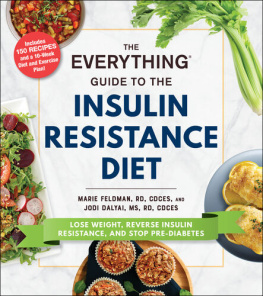
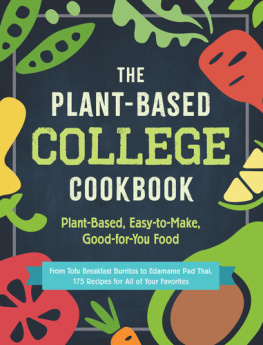

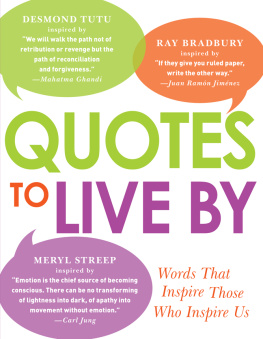
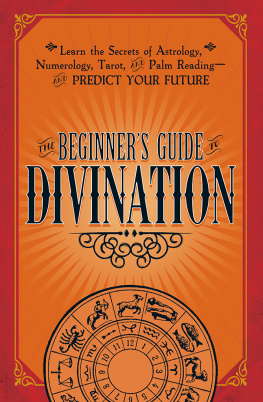

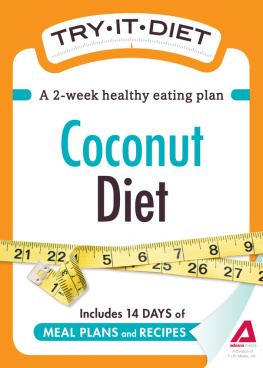

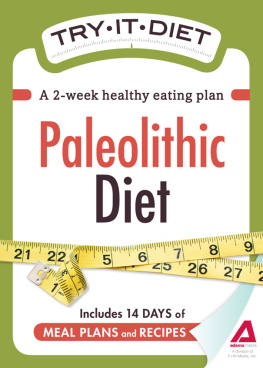

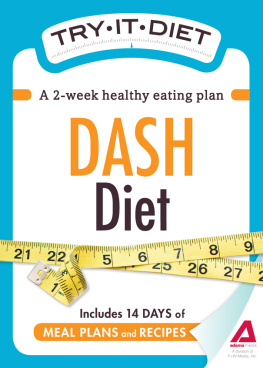
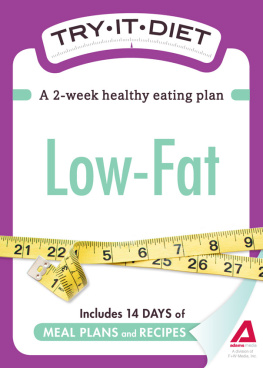
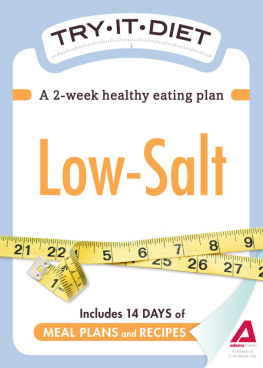
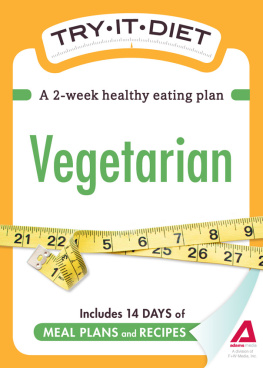
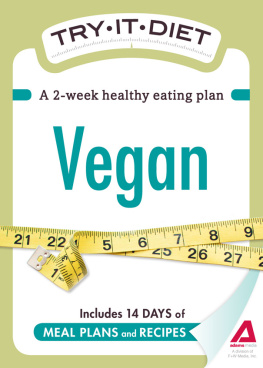

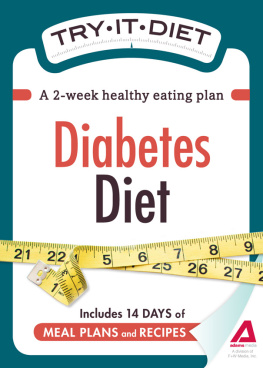
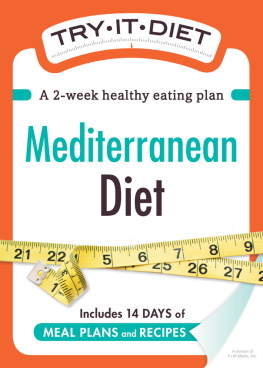

 Avon, Massachusetts
Avon, Massachusetts  Ingredients 3 tablespoons unsalted butter cup scallions, minced 1 tablespoon shallots, minced 10 large eggs 4 ounces cream cheese, cut into bits and softened Salt and freshly ground black pepper to taste 1 tablespoon snipped fresh dill Chopped chives or scallion tops, thinly sliced for garnish
Ingredients 3 tablespoons unsalted butter cup scallions, minced 1 tablespoon shallots, minced 10 large eggs 4 ounces cream cheese, cut into bits and softened Salt and freshly ground black pepper to taste 1 tablespoon snipped fresh dill Chopped chives or scallion tops, thinly sliced for garnish